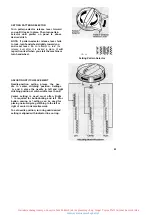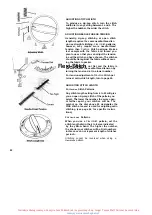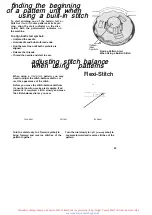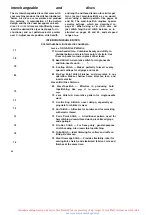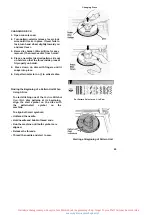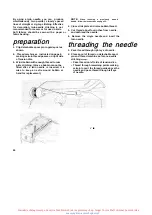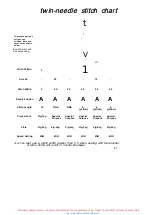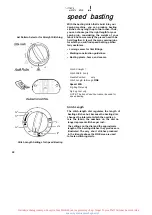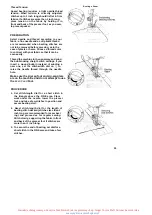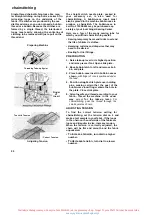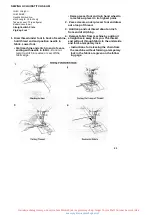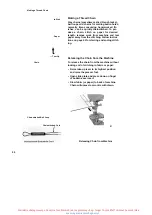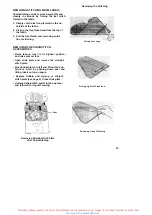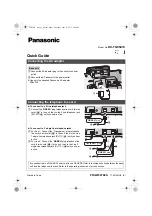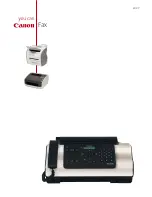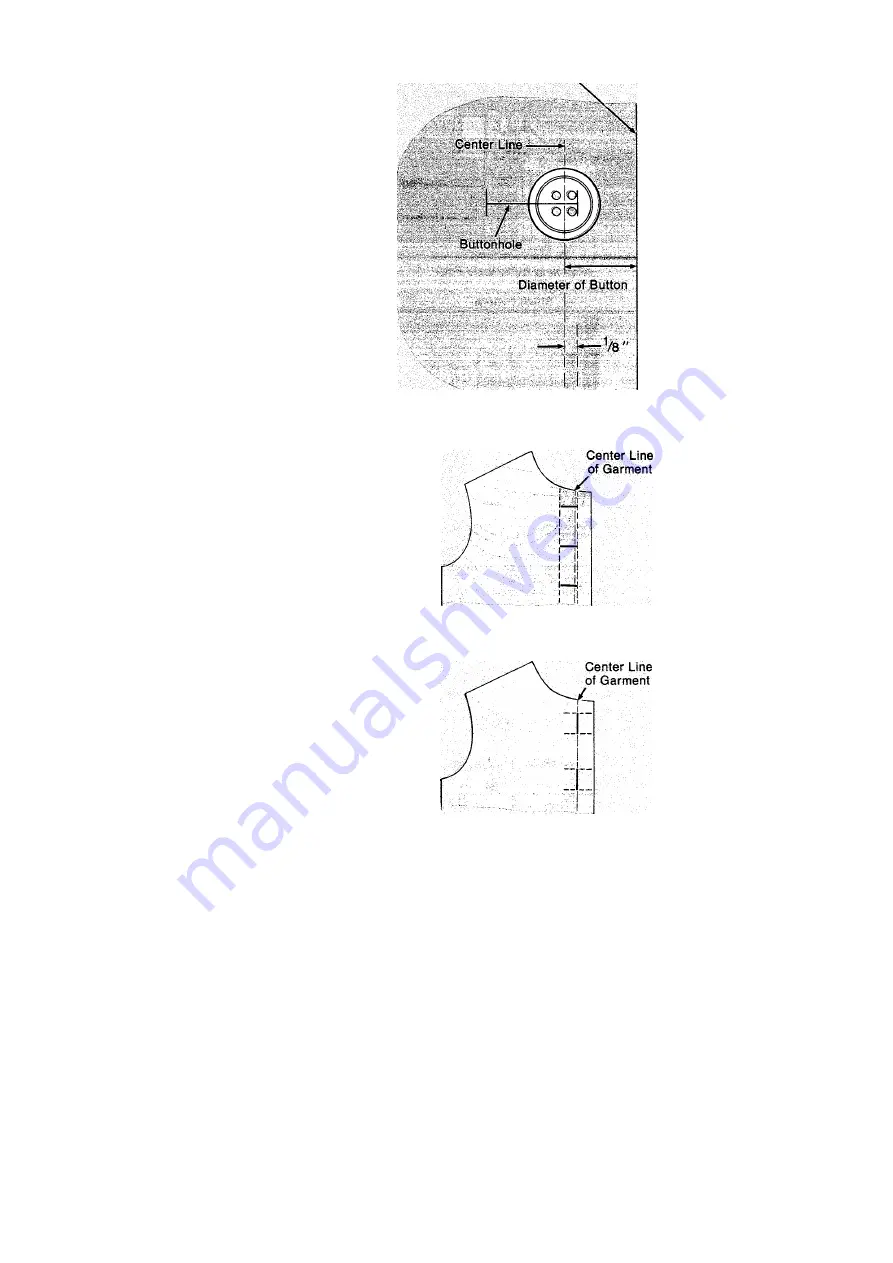
buttonholes
Finished Edge of Garment
Most fabrics are suitable for machine-
stitched buttonholes. If the suitability of the
fabric is in doubt, make a test buttonhole in a
sample of your fabric, being sure to duplicate
the thicknesses of your garment, and include
an interfacing.
The built-in buttonhole system of your
machine allows you to stitch a complete but
tonhole up to IV
2
inches in a single step. To
make sure the measurement Is correct, and
for buttons of Irregular shape, cut a silt in a
scrap of your fabric approximately the width
of the button you intend to use, and increase
length of opening until button slips through
easily.
BUTTONHOLE POSITION
Accurate guidelines are essential to keep but
tonholes at a uniform distance from the edge
of the garment, evenly spaced, and on the
grain of the material.
1. Mark center line of garment as indicated
on your pattern. This guideline can be
made by hand basting or machine speed
basting and should follow a lengthwise
fabric thread.
2. Mark a guideline for each buttonhole.
Fabrics may be marked lightly with tailor’s
chalk.
• Horizontal buttonholes are placed to extend
Vs inch, beyond the center line of the gar
ment, as shown, so that the buttons will be
in the center of the figure when the gar
ment is fastened.
• Horizontal buttonhole guidelines should
follow a crosswise fabric thread and be
longer than the finished length of the but
tonhole. Mark ends of each buttonhole ver
tically.
• Vertical buttonholes are placed so that the
center line of the garment is in the center of
the buttonhole, as shown.
•
• Mark the ends of each buttonhole horizon
tally across the center line basting and use
the center line marking as the buttonhole
guide when stitching.
Horizontal Placement on Crosswise Grain
Vertical Placement on Lengthwise Grain
35
Instrukcje obsługi maszyn do szycia firm Polskich jak i zagranicznych np. Singer Toyota Pfaff Gritzner Łucznik Arka

